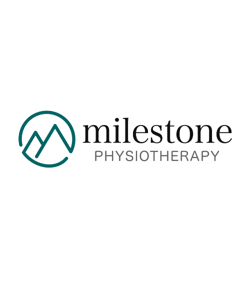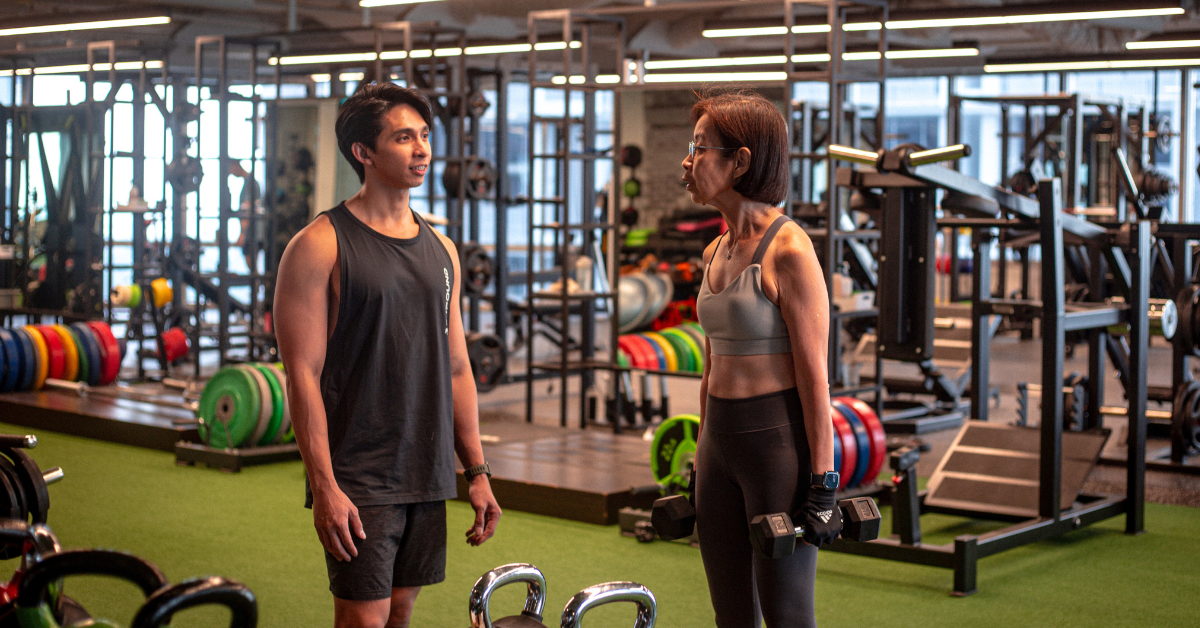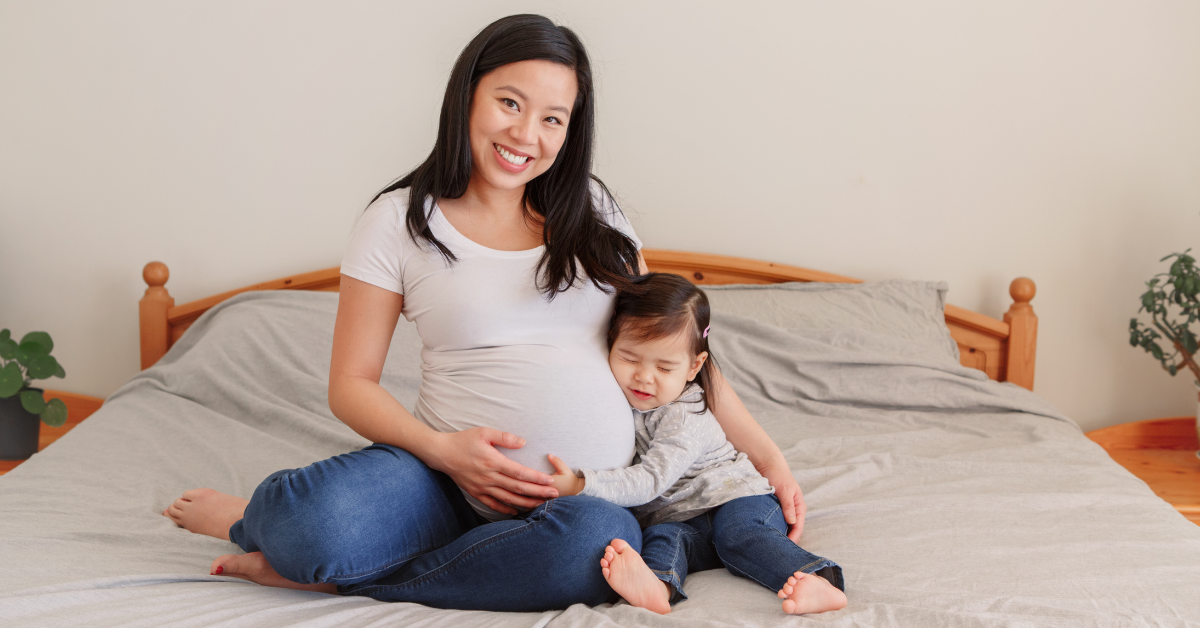Pregnancy is an incredible journey, but it often comes with physical challenges that can take a toll on your body. Backaches, pelvic discomfort, weak core muscles, and joint instability are common challenges that many women face during pregnancy and after childbirth — often feeling like something you just have to ‘live with.’
The good news? You don’t have to. As a women’s health physiotherapist, I’ve helped countless women navigate these physical hurdles. With the right guidance and targeted physiotherapy, you can recover faster, regain strength, and move through pregnancy and postpartum with confidence and ease.
Why Pregnancy & Postpartum Pain Happens
Rapid physical changes occur to accommodate and recover from carrying a baby, and while many of these changes are normal, they can also lead to discomfort and pain. Here are some of the most common issues women face during and after pregnancy:
Joint Instability and Pelvic Pain
During pregnancy, rising levels of oestrogen increase ligament flexibility throughout the body. While this helps the body adapt, it can also create joint instability, especially in the hips, pelvis, and lower back. This instability often contributes to muscle tension and discomfort. One common manifestation is pelvic girdle pain (PGP), which can appear as posterior lower back pain or anterior hip pain.
PGP can cause aching or stiffness in the lower back, hips, buttocks, or inner thighs, making everyday movements like walking, climbing stairs, standing on one leg, or even getting out of bed uncomfortable. For some women, PGP can persist into the postpartum period, as it may take around nine months for oestrogen levels to return to normal. Pain is more likely if the muscles surrounding the pelvis remain weak, and in rare cases, discomfort can continue up to two years postpartum.
Changes in Posture and Back Stress
As the baby grows, the added weight shifts a woman’s centre of gravity forward, placing extra stress on the lower back and hips. This change often contributes to tension and aches, especially when standing or sitting for long periods.
Abdominal Muscle Separation (Diastasis Recti)
Many new mothers notice a bulge or gap in the middle of their abdomen after childbirth. During pregnancy, the rectus abdominis muscles naturally separate to accommodate the growing uterus and baby. This can temporarily weaken the core and alter the appearance of the tummy. Importantly, the size of the gap does not directly indicate core strength — a two-finger separation is typical, though larger gaps can occur. Targeted core strengthening can help restore function and stability.
Pelvic Floor Weakness After Delivery

After childbirth, the pelvic floor muscles — which have been stretched and overworked during delivery — can become significantly weakened, comparable to the severity of a hamstring tear. This can lead to common postpartum issues such as
urinary incontinence, pelvic organ prolapse, and
internal pelvic floor muscle tension, all of which can make daily activities more challenging.
Women experiencing prolapse may notice a dragging or heavy sensation in the pelvic area. Meanwhile, urinary leakage, especially during coughing, sneezing, or jumping, is a sign of stress incontinence — a very common concern after childbirth.
Core Weakness After C-Section
For those who have undergone a C-section, the abdominal muscles are often weakened from the surgery itself, and some women may experience tightness or discomfort around the scar area. A weakened core can affect everyday functions such as lifting, carrying, and returning to exercise, highlighting the importance of targeted rehabilitation to restore strength and mobility.
How Women’s Health Physiotherapy Can Help
-1.png?width=400&height=400&name=blog_Singapore%20Moms%E2%80%99%20Guide%20to%20Easing%20Pregnancy%20%26%20Postpartum%20Pain%20with%20Physiotherapy%20(2)-1.png)
Recovering from pregnancy and adjusting to life postpartum isn’t always straightforward. Many women experience ongoing pain, weakness, or discomfort that can affect their daily routines. This is where women’s health physiotherapy makes a meaningful difference. With specialised care, physiotherapists support recovery, manage pain, and guide women in regaining strength, mobility, and confidence.
Here’s how physiotherapy can help:
Pelvic Floor & Core Rehabilitation
Strengthening the pelvic floor and core muscles is essential for supporting the body, especially during activities that increase abdominal pressure — like coughing, sneezing, or exercising. A women’s health physiotherapist typically conducts an internal assessment to evaluate pelvic floor strength and ensure proper muscle activation. This assessment also checks for signs of prolapse, changes in vaginal wall support, and muscle tone imbalances.
Based on the findings, a personalised rehabilitation program is prescribed, targeting both fast-twitch and slow-twitch muscle fibres. This approach helps reduce urinary leakage, ease prolapse symptoms, and prevent long-term complications.
Manual Therapy & Pain Relief
Physiotherapy goes beyond exercise. Hands-on techniques such as massage, joint mobilisation, and soft tissue release can help relieve muscle tension, ease pain, and improve movement. For women dealing with pelvic girdle pain, back pain, or C-section scar tightness, manual therapy can provide immediate relief and support smoother recovery.
Posture & Movement Education
Pregnancy changes posture and the way your body moves. Add to that the repetitive demands of caring for a newborn — bending, lifting, feeding — and strain can quickly build up. Physiotherapists teach safe, efficient movement techniques to protect the body, minimise pain, and make daily tasks more comfortable, both during pregnancy and postpartum.
Exercise & Strength Programs
Every woman’s recovery journey is unique, which is why tailored exercise programs are so important. During pregnancy, physiotherapy may focus on maintaining mobility, supporting the changing body, and preventing pain. Postpartum, the focus shifts toward rebuilding core stability, pelvic floor strength, and overall fitness. These progressive, stage-appropriate exercises not only aid physical recovery but also help women regain confidence in returning to their usual activities and exercise routines.
Top Exercises for Pregnancy & Postpartum Pain
Safe, targeted exercises can greatly reduce pregnancy and postpartum pain. The goal isn’t intensity—it’s support. By maintaining strength, stability, and flexibility, you’ll help relieve pressure on the back, pelvis, and core while improving overall comfort. Always seek guidance from your physiotherapist before beginning new movements, especially after a C-section or complications. Here are some of the best exercises recommended for pregnancy and postpartum to help you move and feel better every day.
1. Pelvic Floor Activation (Kegels)
- How: Squeeze your pelvic floor muscles (like you are stopping yourself from passing wind) aim for 5 seconds, then release for 5 seconds. Repeat 10–15 times. If able to hold longer, the aim should be 9 second holds.
- Benefits: Improves bladder control, supports the pelvis, and reduces prolapse risk.
2. Deep Core Engagement (Transverse Abdominal Activation)
- How: Lie on your back with knees bent. Gently draw your belly button towards your spine, engaging deep abdominal muscles. Hold 5–10 seconds. Repeat 10–12 times.
- Benefits: Restores core strength and improves posture.
3. Cat-Cow Stretch
- How: On hands and knees, alternate arching your back (cat) and dropping your belly while lifting your head (cow). 10–15 repetitions.
- Benefits: Relieves back tension and improves spinal mobility.
4. Glute Bridges

- How: Lie on your back with knees bent, feet hip-width apart. Lift your hips toward the ceiling, engaging glutes and core, hold 8 seconds, then slowly lower. Repeat 10–15 times.
- Benefits: Strengthens glutes and lower back for better stability.
5. Side-Lying Leg Lifts
- How: Lie on your side, legs straight. Lift the top leg slowly, hold 2 seconds, and lower. Repeat 10 times per side.
- Benefits: Strengthens hips and pelvic stabilisers, improving balance and mobility.
When to Seek Help
If you experience persistent pain, difficulty walking, urinary incontinence, heaviness in the pelvis, or reduced mobility during or after pregnancy, it may be a sign that your body needs additional support. While these symptoms are relatively common, they should not be ignored. A women’s health physiotherapist can assess the underlying cause, explain what’s happening in your body, and design a personalised recovery plan to help you heal safely and effectively. Early intervention can make a significant difference—leading to faster recovery and fewer long-term complications.
During pregnancy, remember to follow key exercise guidelines: engage in moderate activity only, avoid letting your heart rate or body temperature rise too high, and refrain from lying flat on your back for extended periods. Short exercises in this position are generally safe, but try not to remain there for more than five minutes at a time.
Takeaway
Pregnancy and postpartum pain are common experiences, ranging from lower back and pelvic discomfort to muscle weakness and scar tissue tightness. While these challenges are a natural part of the journey, you don’t have to endure them alone. With the right support, women’s health physiotherapy can guide you every step of the way—helping you restore strength gradually, ease pain, and feel like yourself again.
Featured Contributor:

Milestone Physiotherapy
Kate McCormack
A Cardiff University graduate in musculoskeletal physiotherapy, Kate specialises in neuropathic pain, spinal pathologies, and women's health. With NHS and trauma center experience, she worked as a frontline COVID-19 worker before moving to Singapore. Certified in dry needling and sports massage, she emphasises exercise-based therapy. Kate also has experience with the under-19 Singapore Cricket Team and enjoys various sports.
Core Collective is home to over 100 fitness, wellness, beauty and lifestyle and medical professionals who can help you live your best life. Book a tour to get started today!



-1.png?width=400&height=400&name=blog_Singapore%20Moms%E2%80%99%20Guide%20to%20Easing%20Pregnancy%20%26%20Postpartum%20Pain%20with%20Physiotherapy%20(2)-1.png)

